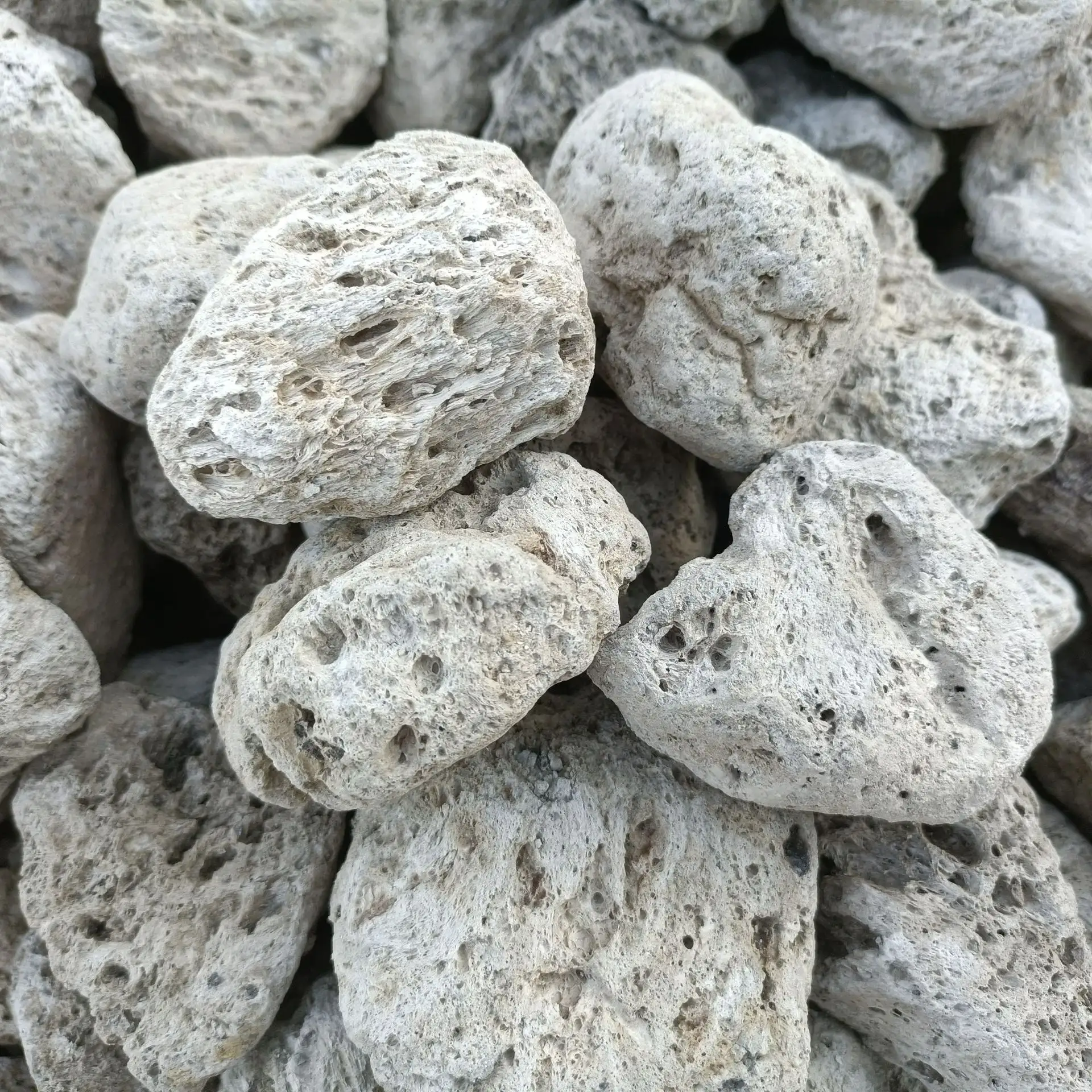
Using Pumice Stone to Enhance Plant Growth and Soil Quality
The Benefits of Pumice Stone for Plants
Pumice stone, a lightweight and porous volcanic rock, has gained popularity as a natural soil amendment among gardeners and plant enthusiasts. Its unique properties not only enhance the aesthetic appeal of potting mixes but also significantly benefit plant health and growth. In this article, we will explore the various advantages of using pumice stone for plants, its applications, and how it can contribute to a thriving garden.
Enhancing Soil Aeration
One of the primary benefits of pumice stone is its ability to improve soil aeration. The porous nature of pumice creates air pockets within the soil mix, allowing for better airflow to the plant roots. This is particularly important for root health, as adequate oxygen levels are essential for respiration and growth. Traditional potting soils tend to compact over time, limiting airflow and leading to root stress. By incorporating pumice into the soil, gardeners can prevent compaction and promote a healthy, well-aerated root environment.
Excellent Drainage Properties
Pumice stone also excels in providing excellent drainage. Poor drainage can lead to waterlogged soil, which is detrimental to many plants, especially succulents and cacti. The unique structure of pumice allows excess water to drain away quickly while retaining moisture within its porous surface. This balance helps prevent root rot, a common issue caused by overwatering, and ensures that plants receive adequate water without becoming saturated. As a result, using pumice as a component in potting mixes can significantly increase plant survival rates, particularly in conditions where excess water is a concern.
Nutrient Retention
pumice stone for plants

While pumice itself is not inherently nutrient-rich, it plays a crucial role in nutrient retention. Its porous structure allows it to hold nutrients and release them slowly to plant roots over time. This slow-release mechanism ensures that plants have access to necessary nutrients without the risk of nutrient leaching, which often occurs with traditional soil mixes. By combining pumice with nutrient-rich organic materials such as compost, gardeners can create a balanced growing medium that supports healthy plant development.
Lightweight and Easy to Handle
Another practical advantage of pumice stone is its lightweight nature. This characteristic makes it an ideal choice for container gardening, where heavy soils can make pots cumbersome and difficult to manage. The lightness of pumice allows for easier handling and transport, making it a favorite among indoor and balcony gardeners. Moreover, its neutral pH makes it compatible with a wide range of plants, from flowering houseplants to herbs and vegetables.
Versatility in Applications
Pumice stone can be used in various applications beyond just potting mixes. Gardeners often use it as a top dressing for potted plants, helping to retain moisture and keep the soil temperature stable. It can also be added to raised garden beds or used in hydroponics, providing a stable and inert medium for root growth. Its versatility makes pumice an invaluable addition to any gardening arsenal.
Conclusion
In summary, pumice stone is an exceptional material for enhancing the health and vitality of plants. With its ability to improve soil aeration, provide excellent drainage, retain nutrients, and maintain a lightweight profile, pumice serves as a valuable asset for both novice and experienced gardeners alike. Whether you are growing houseplants, herbs, or ornamental flowers, integrating pumice into your gardening practices can lead to healthier plants and more fruitful harvests. Embrace the natural benefits of pumice stone and watch your garden thrive!
Share
-
Premium Pigment Supplier Custom Solutions & Bulk OrdersNewsMay.30,2025
-
Top China Slag Fly Ash Manufacturer OEM Factory SolutionsNewsMay.30,2025
-
Natural Lava Rock & Pumice for Landscaping Durable Volcanic SolutionsNewsMay.30,2025
-
Custom Micro Silica Fume Powder Manufacturers High-Purity SolutionsNewsMay.29,2025
-
Custom Mica Powder Pigment Manufacturers Vibrant Colors & Bulk OrdersNewsMay.29,2025
-
Custom Micro Silica Fume Powder Manufacturers Premium QualityNewsMay.29,2025






